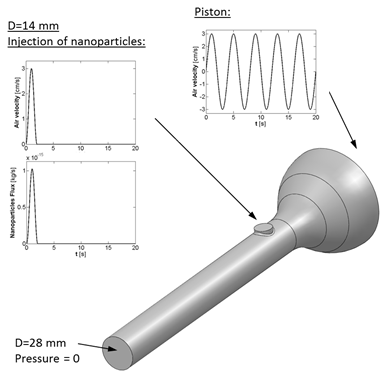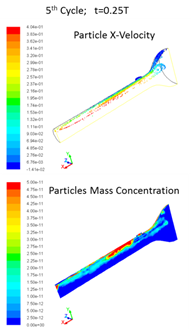Computational optimization of nano-particles dispersion in an experimental simulator
Rapid developments in the field of nanotechnology result in increasing numbers of new nanoparticles (NP). The size of these NP (e.g., one dimension is below 100 nm) governs their physico-chemical behavior, which may give rise to special toxic properties that have not been observed so far. Therefore, it is important to develop appropriate toxicological test systems for identification and evaluation of possible adverse endpoints induced by NP exposure. We have developed an air-liquid interface (ALI) in vitro cultured cell model of the nasal airway epithelium that provided a living tissue/air interface which can serve as the basic platform for in vitro systems for exploring the toxicology characteristics of NP pollution. The major issue of this project is how to generate controlled dispersions of NP for deposition on the cultured cells while exposed to physiological airflows and pre-set environmental conditions. For this purpose we will develop comprehensive computer simulations of particles dispersion within respiratory simulator using the commercial code of ANSYS-Fluent. The simulations will be conducted for Carbon spherical NP and nanotubes.
 |  |

